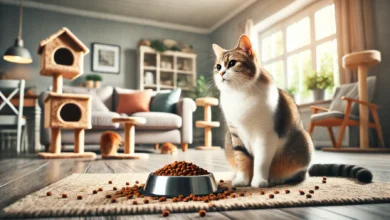How to Choose Hypoallergenic Cat Food
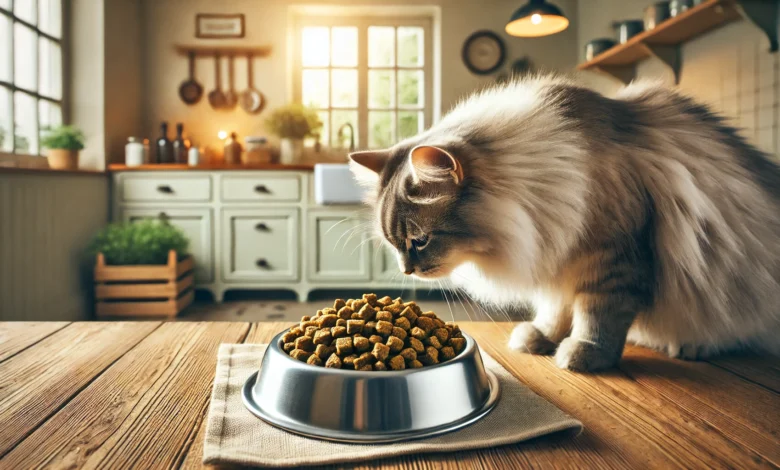
Whereas what food a cat will eat is a very important decision, for a cat with allergies, diet is crucial.
Hypoallergenic cat food is designed with sensitive stomachs or food allergies in mind, so that a cat can enjoy a meal without discomfort.
Food allergies in cats can show up as itching, gastrointestinal complaints, and even changes in behavior; hence, it is really important to learn which ingredients to avoid and how to find the best options for your feline companion.
In the following guide, we dive deeply into the ways of choosing hypoallergenic cat food that will contribute to the well-being of your cat.
From understanding what hypoallergenic cat food really is, to recognizing the signs and symptoms of food allergies, we cover everything you need to know to make informed decisions that could alter the life of your feline for the better.
Table of Contents
Understanding Hypoallergenic Cat Food
Hypoallergenic cat food is a formulation for cats that develop adverse reactions to certain ingredients in regular cat foods.
Such reactions may appear as skin irritations, digestive issues, or even behavioral changes, which can be distressing for both you and your pet.
But what exactly makes a cat food hypoallergenic, and why would your cat need it?

What is Hypoallergenic Cat Food?
Hypoallergenic cat food is a type of food that minimizes the chance of allergic reactions by using limited or specially selected ingredients.
Unlike regular foods, which may contain fillers, artificial additives, and a variety of protein sources, hypoallergenic options are carefully formulated with specific ingredients that are less likely to cause reactions.
Many hypoallergenic foods are based on novel proteins—proteins that your cat is less likely to have been exposed to, such as venison, duck, or rabbit.
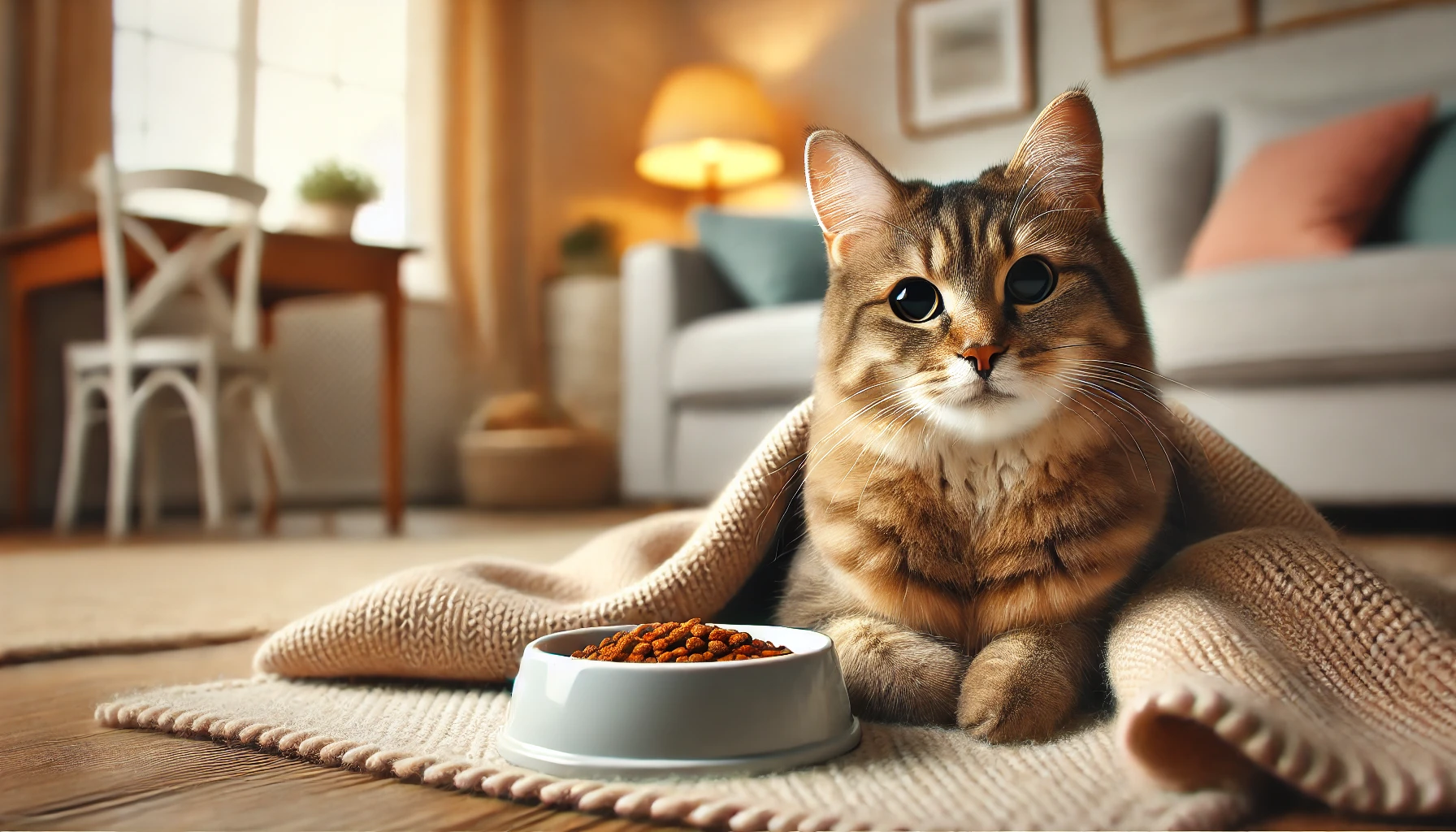
Why Some Cats Need Hypoallergenic Diets
Just like humans, some cats develop allergies to certain ingredients, especially after repeated exposure.
Allergenic proteins in common ingredients like chicken, beef, and fish can cause problems over time, leading to adverse reactions.
Cats suffering from allergies may experience symptoms like itching, vomiting, or diarrhea.
Hypoallergenic diets help by reducing or eliminating these triggering ingredients, allowing your cat to digest their food comfortably.

Common Allergens in Regular Cat Foods
Identifying allergens in cat food can be challenging, especially since the ingredients responsible for allergic reactions vary from cat to cat.
However, some common ingredients are known to trigger allergies more frequently.
These allergens often include:
- Chicken – Although widely used in cat food, chicken can cause problems in some cats due to its prevalence in many brands.
- Beef – Another popular protein, beef is commonly found in pet foods and can also be a common allergen.
- Fish – Although a favorite among many felines, fish can sometimes trigger allergic reactions.
- Grains – Ingredients like corn, wheat, and soy may contribute to food sensitivities or allergies.
- Dairy – Some cats are lactose intolerant, so dairy-based products can lead to digestive issues.
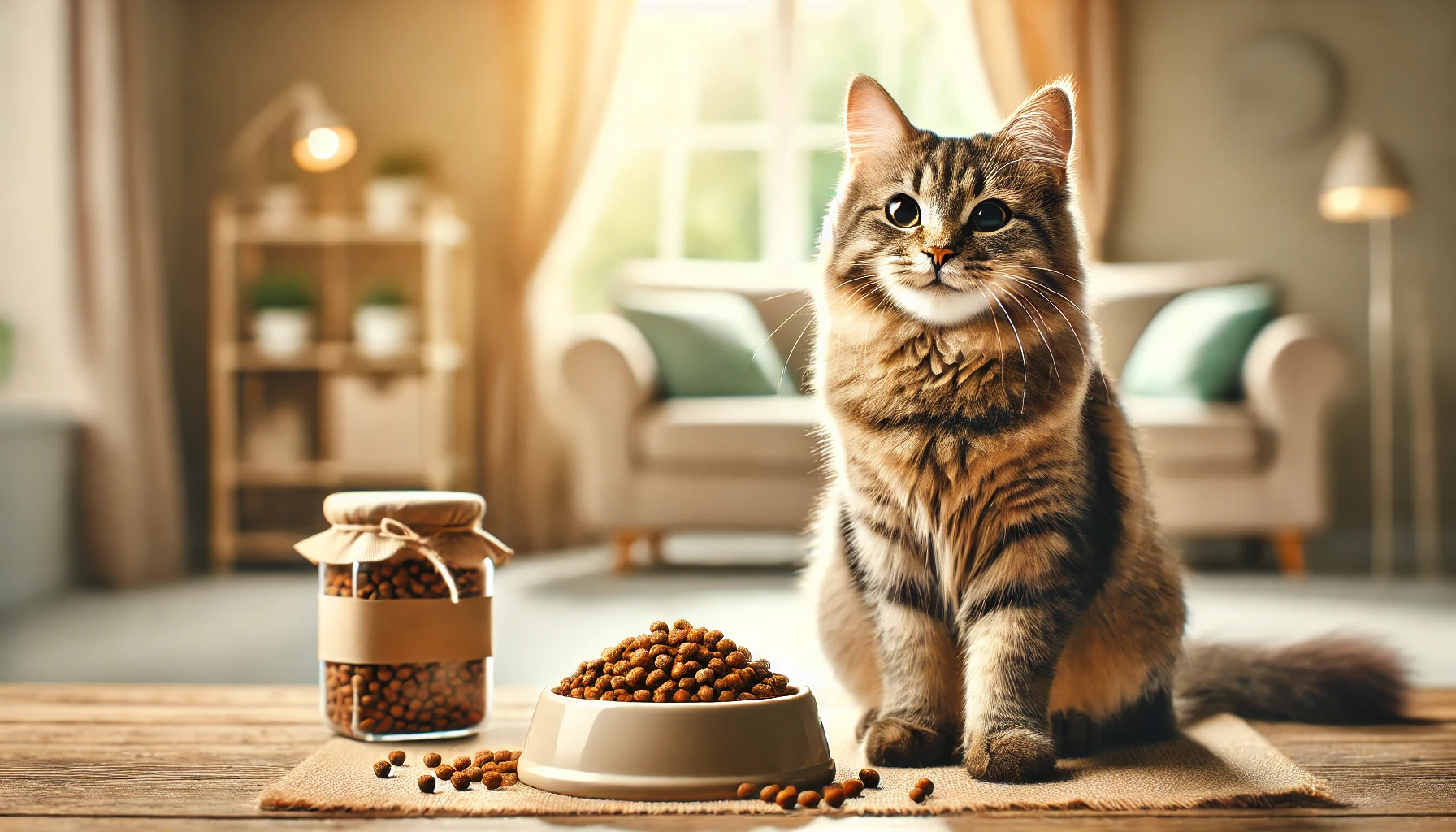
Benefits of Switching to Hypoallergenic Cat Food
Switching to hypoallergenic cat food can offer several benefits for cats with food sensitivities.
For one, it can help relieve uncomfortable symptoms such as itching and gastrointestinal upset.
Additionally, hypoallergenic diets can improve skin and coat health, making your feline friend happier and more comfortable.
By providing a diet free from irritating ingredients, you’re also supporting your cat’s immune system, helping it to be more resilient against other environmental allergens.
As you can see, hypoallergenic cat food is more than just a dietary choice—it’s a lifestyle change that can greatly improve your cat’s quality of life.
By choosing hypoallergenic food, you’re taking an important step to ensure your feline friend remains healthy, comfortable, and happy.
Hypoallergenic cat food can be an essential choice for cats with food allergies, helping them enjoy a meal without discomfort. This section outlines the basics of hypoallergenic cat food and why some cats need this diet.

Identifying Signs of Food Allergies in Cats
Food allergies in cats are difficult to identify as the signs are not always prominent and, to a large extent, resemble other health conditions.
However, keen observation of changes in your cat’s behavior and appearance can help you detect a potential allergic reaction at an early stage.
Food allergies arise when a cat’s immune system mistakenly identifies certain food ingredients as harmful and mounts a response against them.
These reactions can cause everything from skin irritations to gastrointestinal problems, significantly affecting your cat’s quality of life.
Let’s delve into the most common signs of food allergies in cats and determine whether your cat might need a hypoallergenic diet.
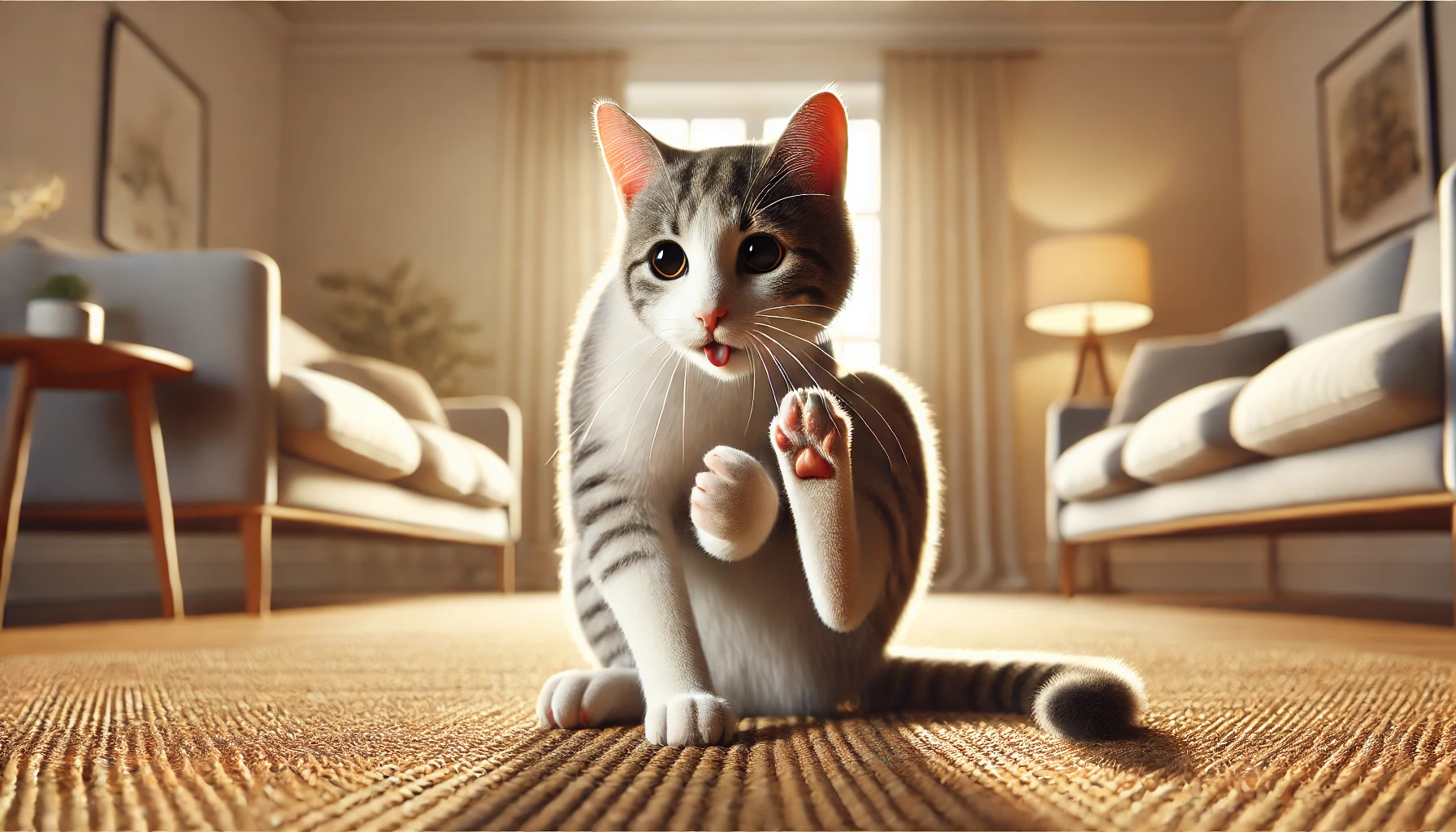
Common Symptoms of Food Allergies
Food allergies in cats often manifest as one or more of the following physical and behavioral symptoms:
- Skin Irritations – Chronic scratching, redness, or skin inflammation, especially around the face, ears, and neck, may indicate an allergic reaction.
- Gastrointestinal Problems – Vomiting, diarrhea, and chronic flatulence are common gastrointestinal responses to food allergens.
- Recurring Ear Infections – Chronic ear infections or an excessive amount of wax could indicate a food allergy, especially if there is no clear reason for frequent infections.
- Swollen and Puffy Appearance – Swelling, often around the face and paws, may be a visible allergic reaction.
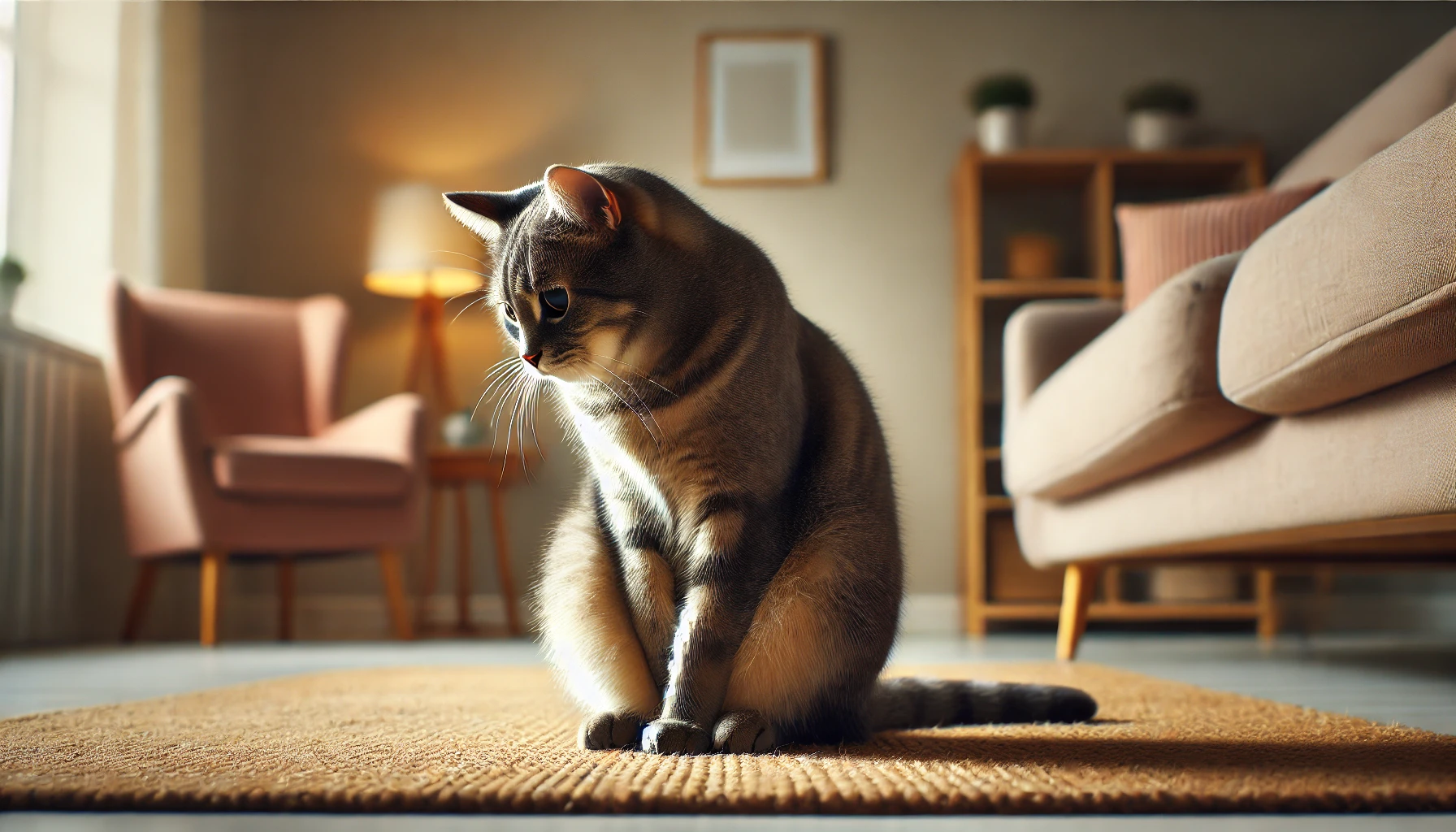
Behavioral Changes to Watch For
Food allergies can also cause behavioral changes in cats.
Your cat may appear uncomfortably restless, while others may become lethargic or irritable.
Normally friendly cats may become withdrawn or anxious, which can indicate pain or discomfort caused by an allergic reaction.
Although behavioral changes are harder to link directly to allergies, they can still provide clues about your cat’s health, especially when occurring alongside physical symptoms.
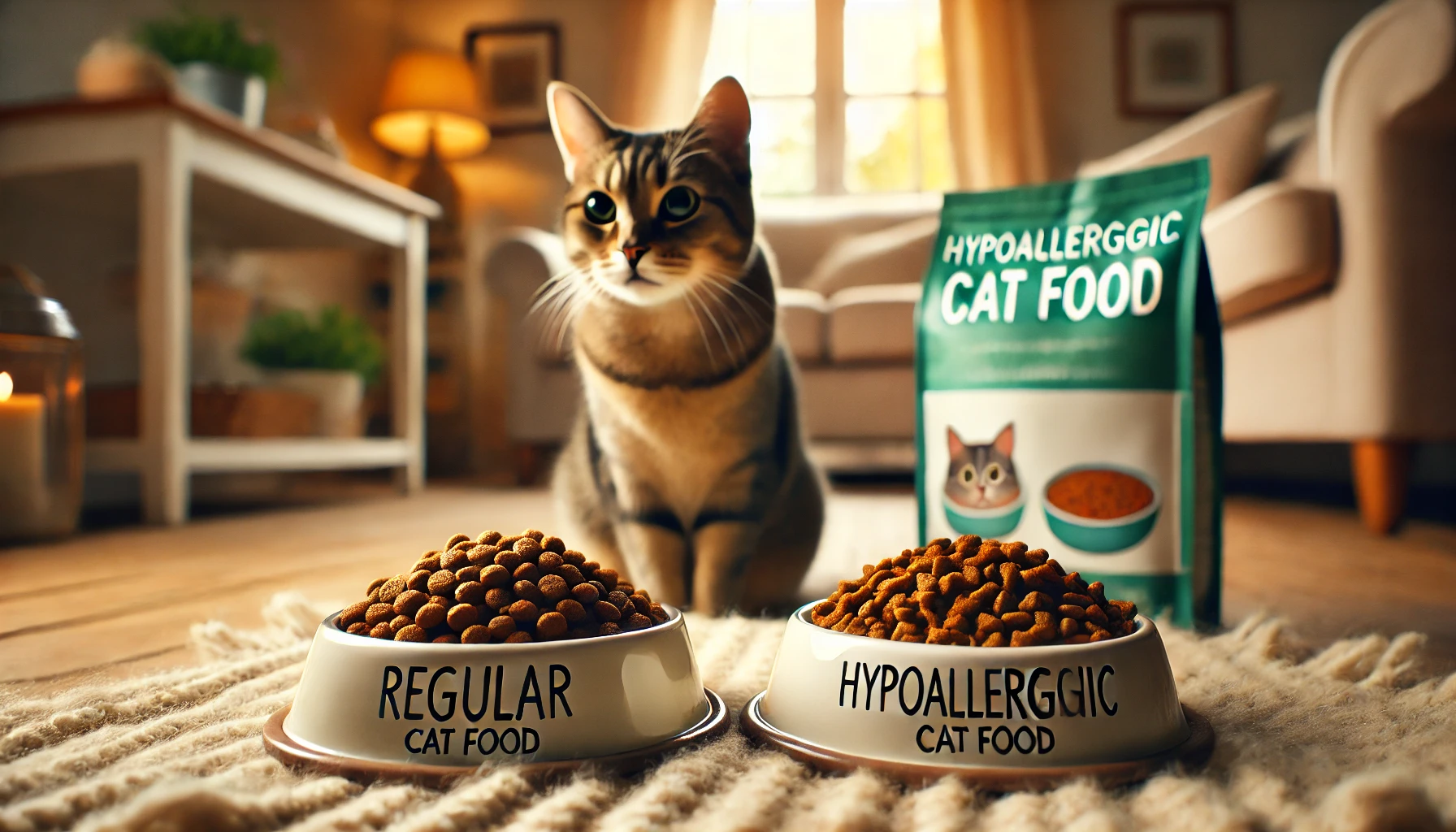
Differentiating Between Food Intolerance and Allergies
It’s essential to understand the difference between food intolerance and food allergies, as each requires a different approach.
Food allergies involve an immune response and often present with skin or gastrointestinal symptoms.
Food intolerances, on the other hand, usually only affect the digestive system and do not involve an immune reaction.
For instance, lactose intolerance is a common food intolerance in cats, leading to digestive upset when they consume dairy products, but it does not cause symptoms like itching or skin irritation.
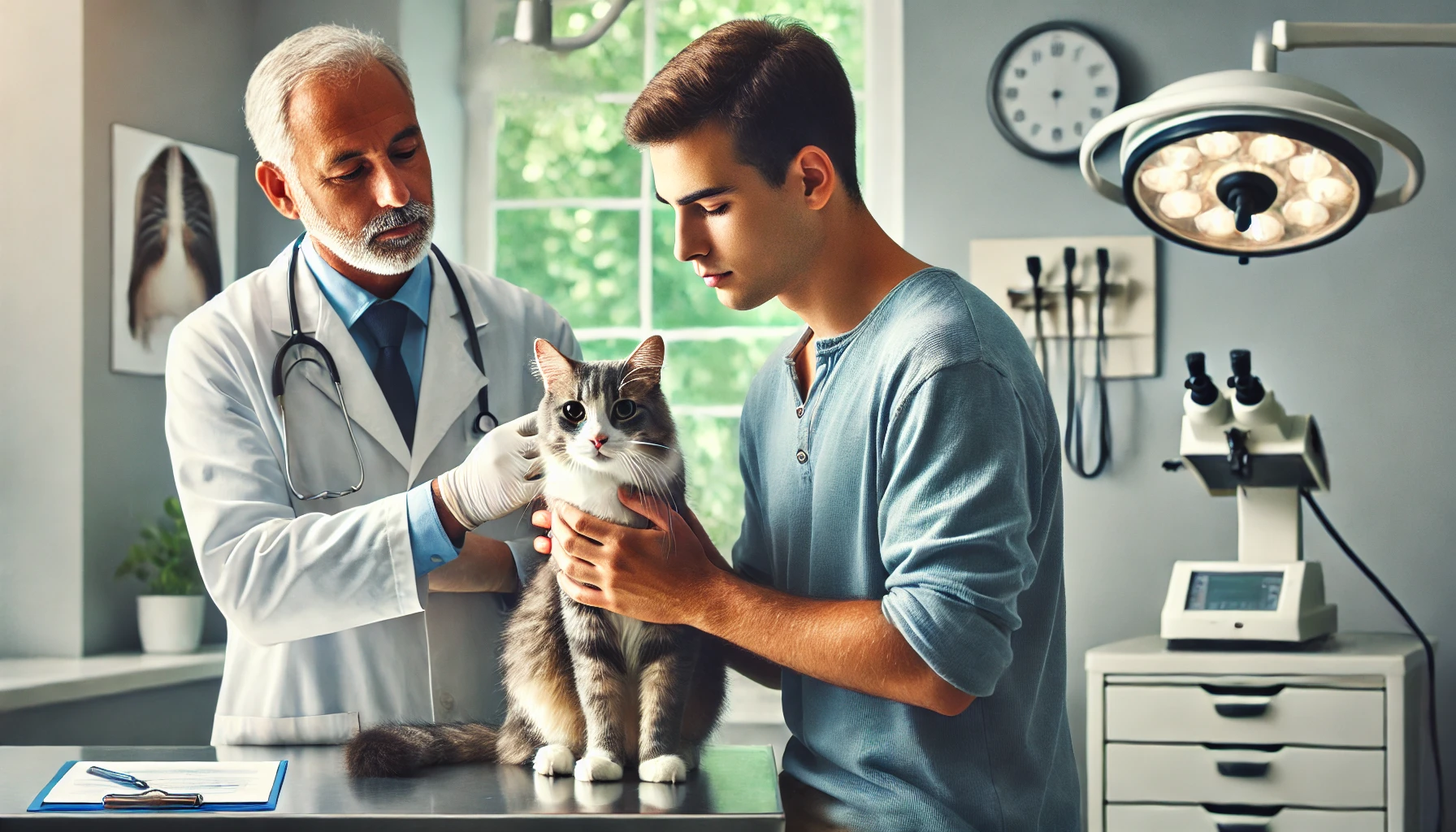
When to Seek a Veterinarian
If you suspect your cat has a food allergy, it’s best to consult a veterinarian for a proper diagnosis.
Your vet may recommend an elimination diet, where you feed your cat a limited-ingredient diet and gradually reintroduce potential allergens.
In some cases, blood tests or other allergy tests can help identify the specific allergen.
The sooner a food allergy is diagnosed and treated, the better, so reaching out to a veterinarian at the onset of symptoms can make a significant difference in your cat’s health and comfort.
By recognizing the symptoms and knowing when to seek help, you are taking an important step towards providing the best care for your cat.
Early identification of signs and making necessary dietary adjustments can greatly improve their quality of life.
Early detection of food allergies is essential for effective management. Watch for symptoms like skin irritations, vomiting, and changes in behavior.

Key Ingredients in Hypoallergenic Cat Food
Extremely sensitive cats require special foods that can minimize allergic reactions.
Understanding the key ingredients in hypoallergenic cat food is essential in making the right choices.
Such food includes particular proteins and carbohydrates that are much less likely to cause sensitivities.
Now, let’s consider what constitutes the core of hypoallergenic cat food and how it contributes to your cat’s health.

Protein Sources for Sensitive Cats
Proteins are common culprits in feline food allergies.
Hypoallergenic cat food generally consists of novel or hydrolyzed proteins, which work to reduce the possibility of allergic reactions:
- Novel Proteins – These are protein sources your cat has likely never been exposed to, such as rabbit, duck, or venison. By introducing these types of novel proteins, you can help prevent allergic responses.
- Hydrolyzed Proteins – These proteins are broken down into smaller components, reducing the chances of triggering an immune response. Diets based on hydrolyzed proteins are commonly recommended for cats with extreme allergies.

Carbohydrate Options Used in Hypoallergenic Foods
While cats are obligate carnivores, carbohydrates still play a role in many cat foods as fillers or energy sources.
In hypoallergenic diets, the choice of carbohydrates becomes very important:
- Limited Ingredient Carbohydrates – Ingredients like sweet potatoes or peas are popular due to their low allergenic potential.
- Grain-Free Options – Some hypoallergenic foods exclude grains like corn, wheat, and soy, which are common allergens for cats.

Additives and Preservatives to Avoid
Artificial additives and preservatives can contribute to food hypersensitivity.
When choosing hypoallergenic cat food, it’s best to avoid:
- Artificial Colors and Flavors – These may cause allergic reactions and do not provide nutritional benefits for your cat.
- Chemical Preservatives – Preservatives like BHA, BHT, and ethoxyquin can be allergenic and are best avoided.
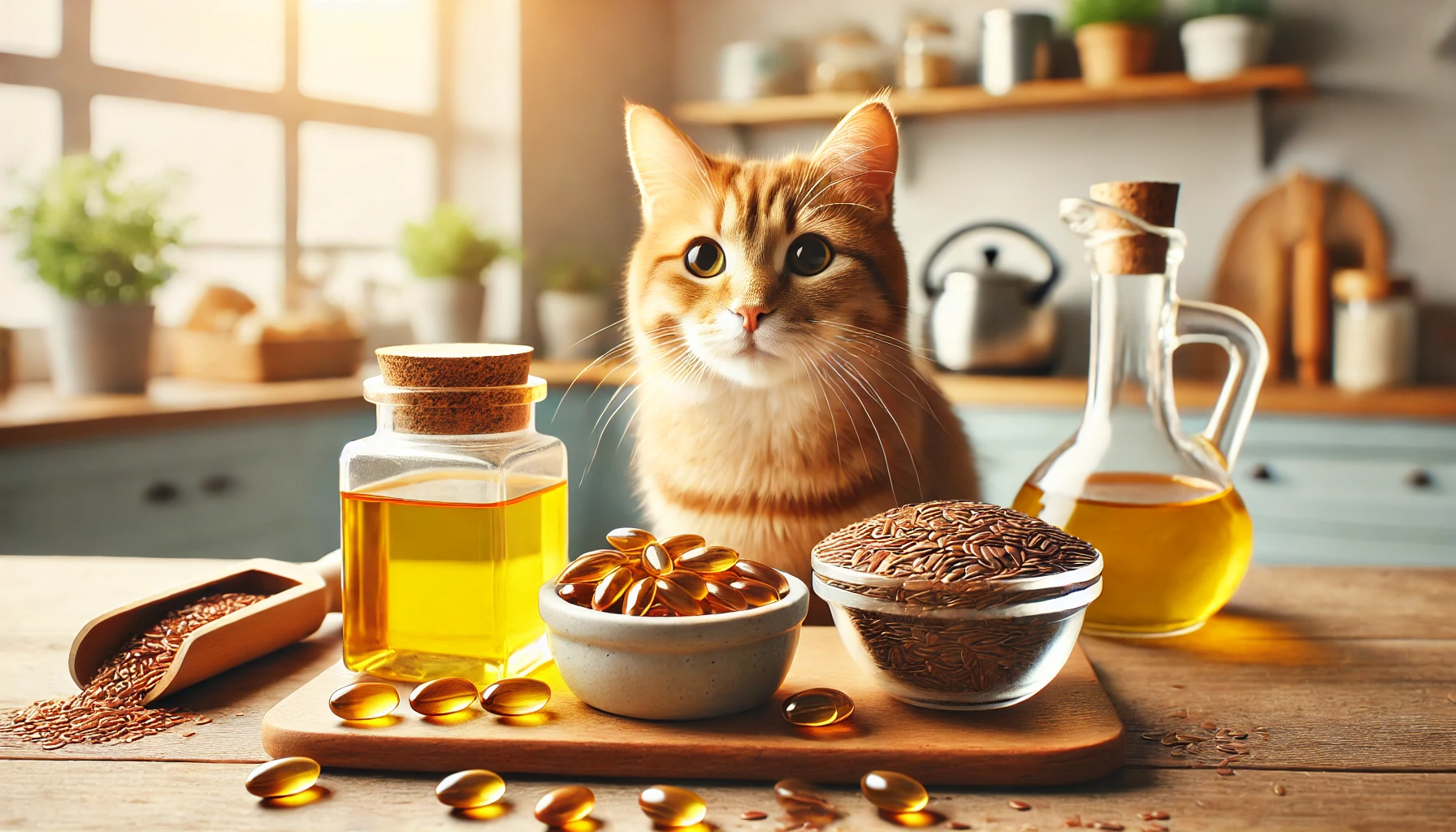
Omega Fatty Acids and Skin and Coat Health
Omega-3 and Omega-6 fatty acids are crucial for maintaining good skin health and a shiny coat.
Both have anti-inflammatory properties that can help soothe allergy-related symptoms:
- Omega-3 Fatty Acids – Found in sources like fish oil and flaxseed, Omega-3 fatty acids reduce inflammation and support skin health.
- Omega-6 Fatty Acids – Present in poultry fat and certain plant oils, Omega-6 fatty acids help maintain skin barrier function and improve coat condition.
Adding these fatty acids to your cat’s diet can assist in managing allergy-related skin issues.
By understanding these key ingredients, you gain the knowledge necessary to choose hypoallergenic cat food that supports your feline friend’s health, keeping them happy and free from the discomfort of allergic reactions.
Understanding essential ingredients in hypoallergenic cat food helps in making the best dietary choices for sensitive cats.
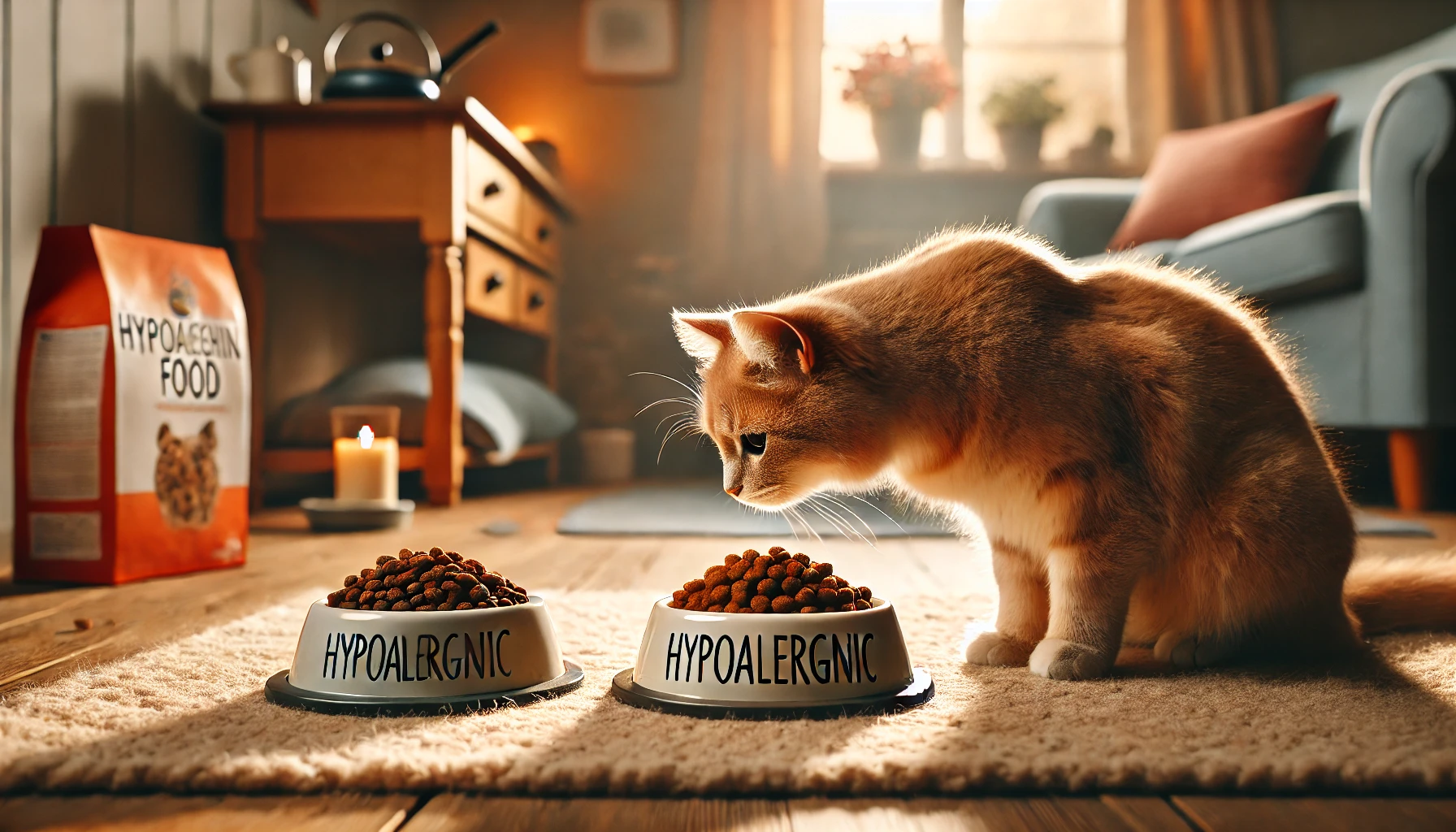
How to Switch Your Cat to Hypoallergenic Food
Switching to hypoallergenic cat food can dramatically improve your cat’s overall health and comfort.
However, diet transitions require careful planning to avoid potential issues.
Here are some steps to help you manage this change smoothly.
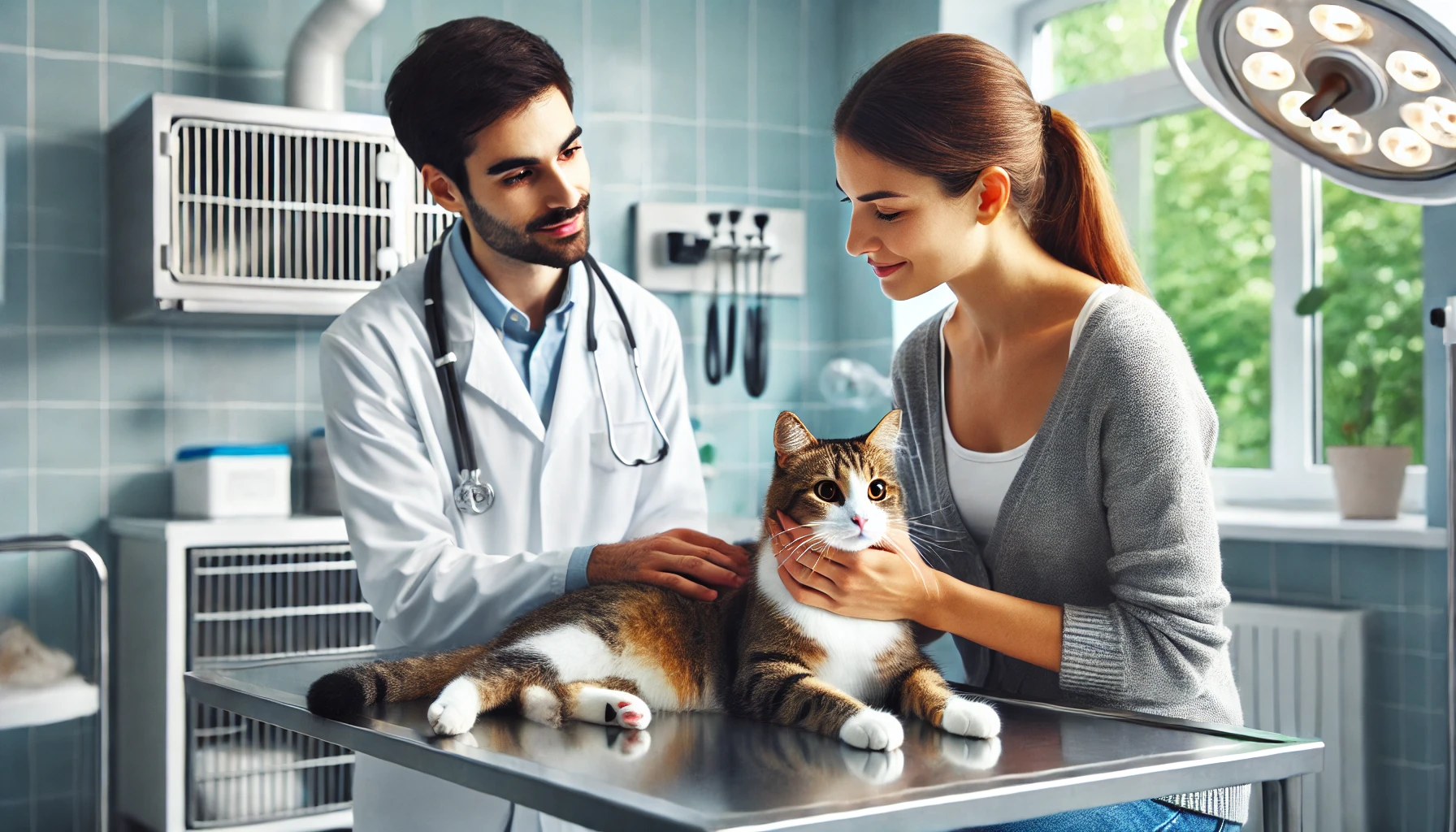
Consult Your Veterinarian
It is always essential to consult with your veterinarian before making any dietary changes.
Your veterinarian can confirm whether the symptoms you are witnessing are due to food allergies and recommend the best hypoallergenic options.
A veterinarian may suggest an elimination diet, where your cat is fed a limited ingredient diet and then gradually exposed to common allergens to monitor for reactions.
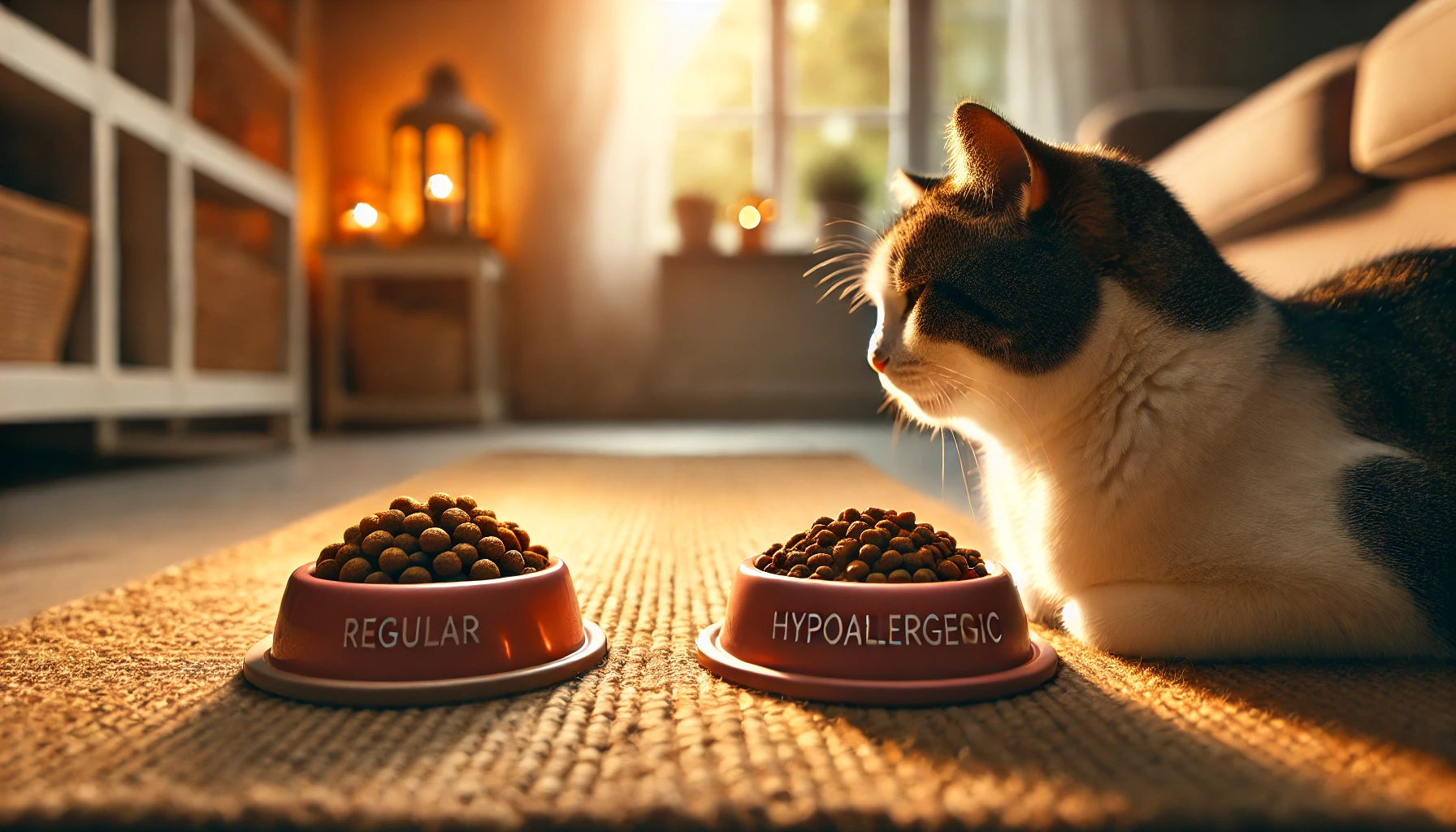
Gradual Transition Process
An abrupt change in diet can cause gastrointestinal upset.
To prevent this, transition your cat to hypoallergenic food gradually over 7-10 days, following these steps:
- Days 1-3 – Mix 25% hypoallergenic food with 75% of the current food.
- Days 4-6 – Adjust to 50% hypoallergenic food and 50% current food.
- Days 7-9 – Increase to 75% hypoallergenic food and 25% current food.
- Day 10 – Transition to 100% hypoallergenic food.
During this time, watch for any adverse reactions, such as vomiting, diarrhea, or changes in appetite.
If you notice these symptoms, consult your veterinarian promptly.

Monitoring Your Cat’s Reaction
After completing the transition, monitor your cat’s health and behavior carefully.
Positive signs include:
- Decreased scratching and skin irritation.
- Improved digestion with normal stools.
- Increased energy and overall well-being.
If symptoms persist or worsen, consult your veterinarian to reassess the diet and explore alternative hypoallergenic options.
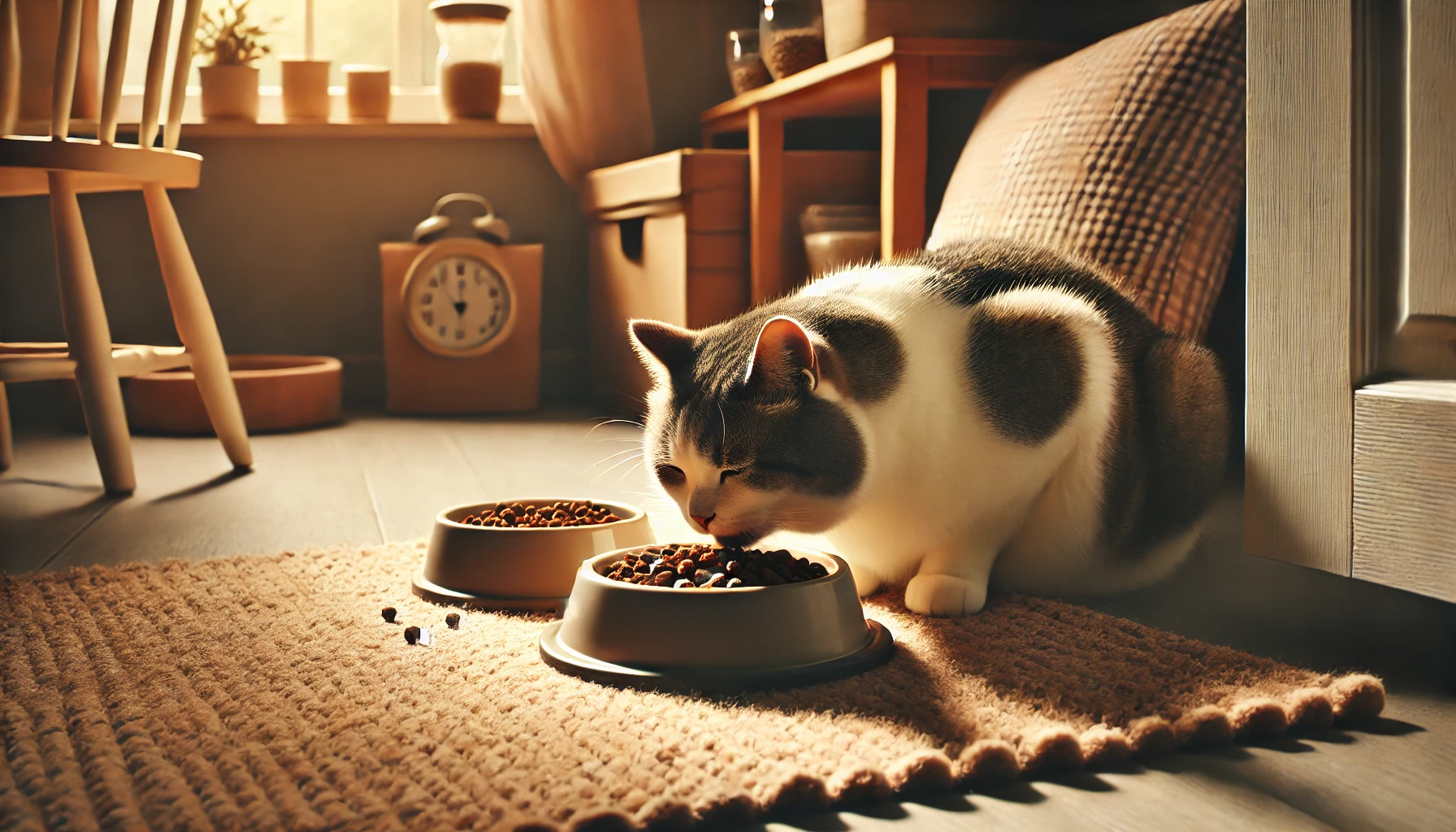
Keep Consistency
Consistency is key in managing food allergies.
Avoid giving your cat treats or table scraps that may contain allergens, and stick to the prescribed hypoallergenic diet to achieve the best results.
Additionally, ensure that everyone in the household, including caregivers, is aware of the dietary restrictions to prevent accidental exposure to allergens.
Transitioning your cat to hypoallergenic food requires patience and diligence.
By following these steps and consulting with your veterinarian throughout the process, you can help alleviate allergy symptoms and promote a healthier, happier life for your feline friend.
Transitioning your cat to hypoallergenic food requires careful planning. Follow gradual steps and consult your vet to ensure a smooth process.

Top Hypoallergenic Cat Food Brands
Choosing the right type of hypoallergenic cat food is essential when managing your feline’s food sensitivities.
Here are some top brands known for their quality hypoallergenic options:
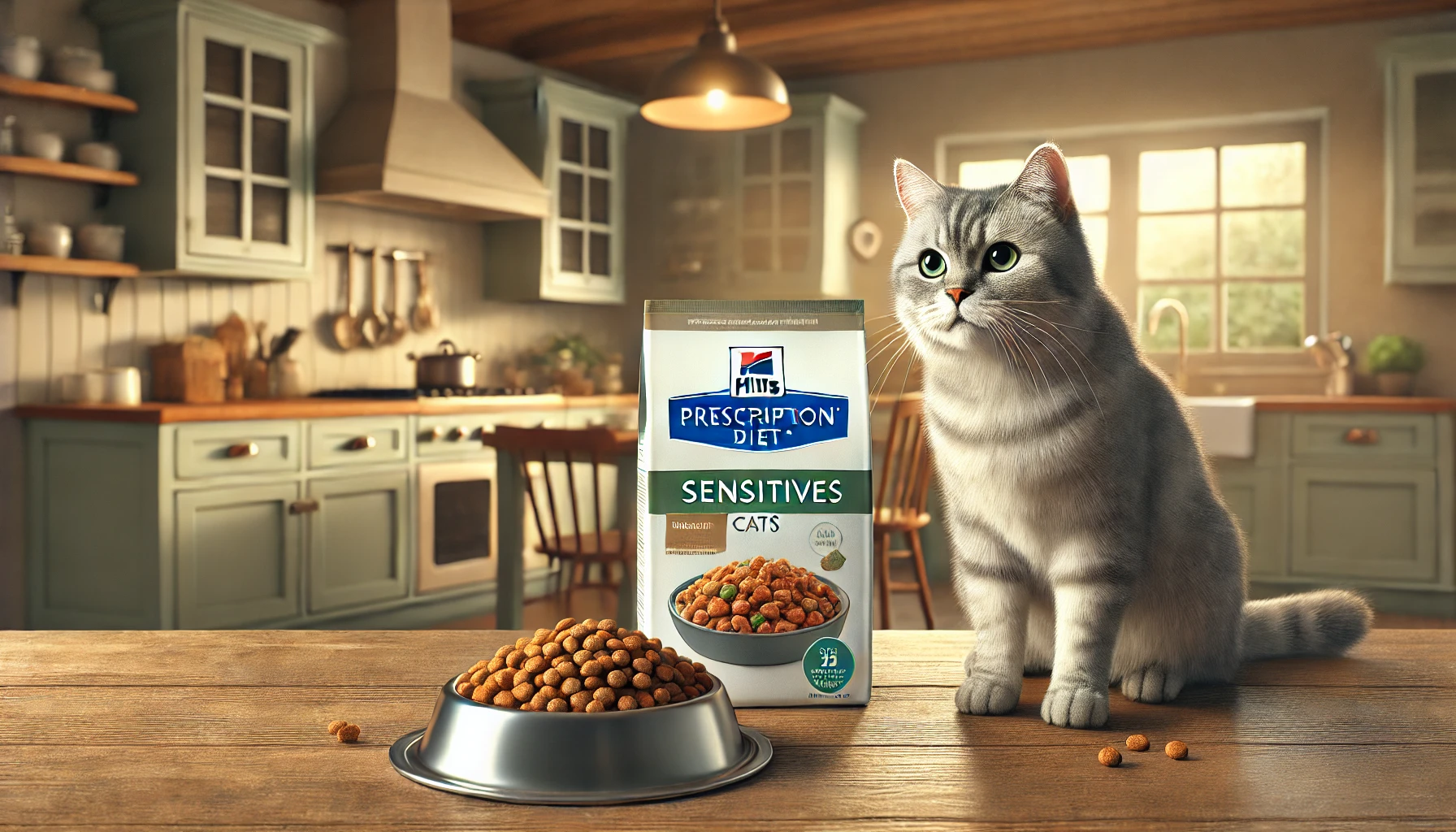
Hill’s Prescription Diet
Hill’s offers specialized formulas like the z/d and d/d lines, which are designed to address food sensitivities while promoting healthy skin and digestive health.
These diets use hydrolyzed proteins and are frequently recommended by veterinarians.
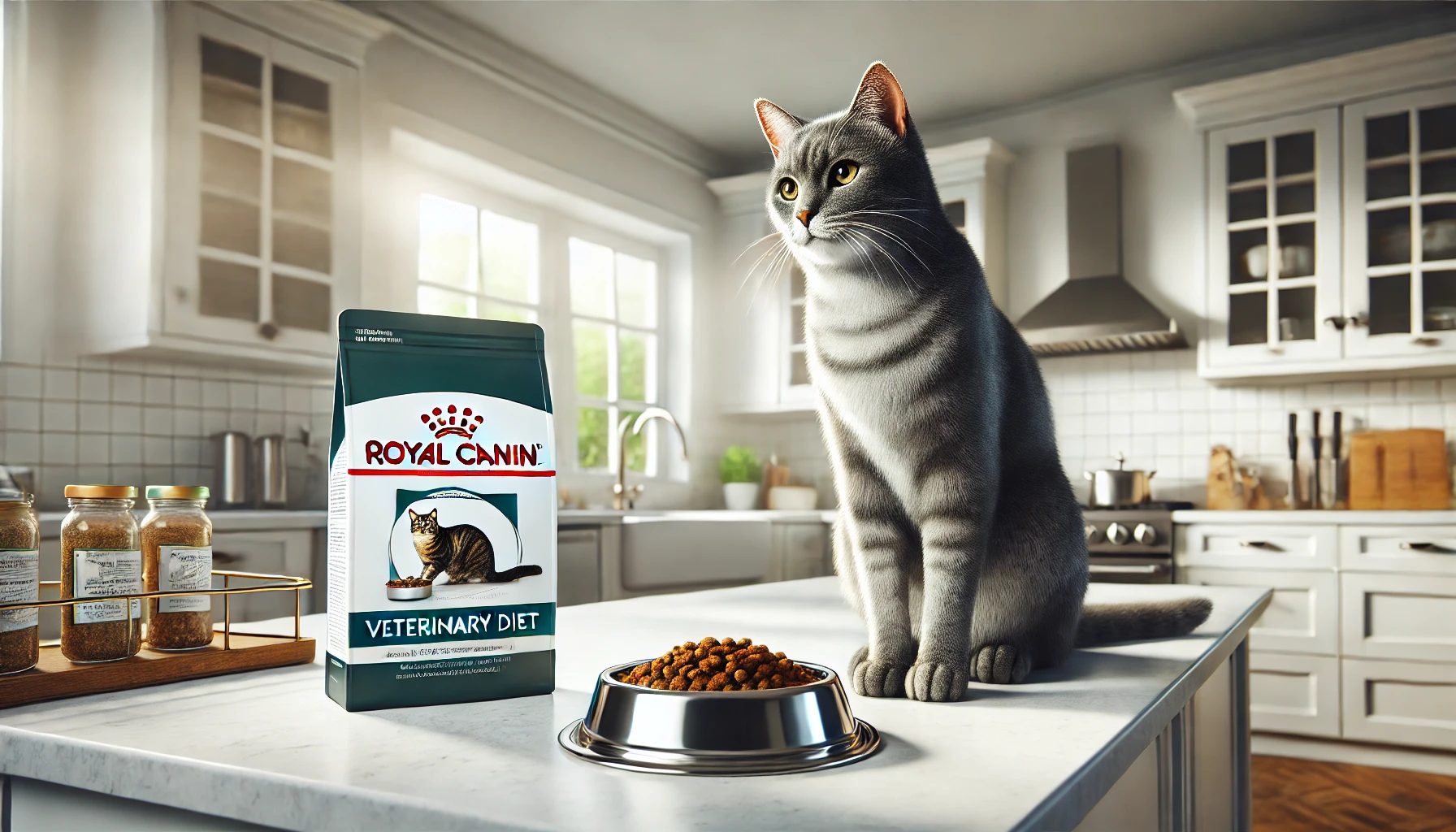
Royal Canin Veterinary Diet
Royal Canin provides hypoallergenic foods, including the Hydrolyzed Protein line, which uses hydrolyzed soy protein to reduce allergenic potential.
Their diets are specifically formulated to support cats with food allergies and intolerances.
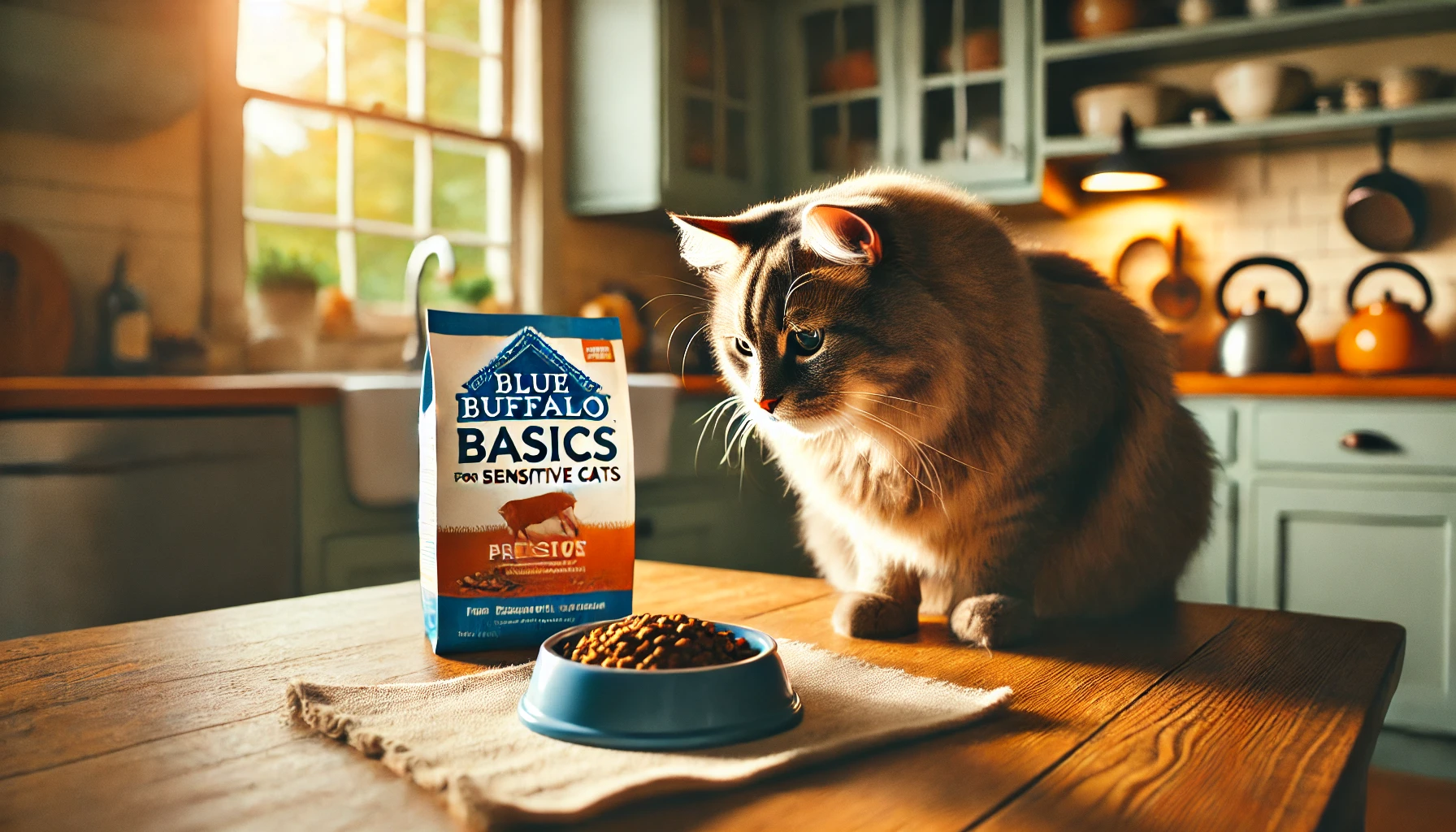
Blue Buffalo Basics
Blue Buffalo’s Basics line includes limited ingredient diets featuring novel proteins like duck and turkey.
These recipes are free from common allergens, including chicken, beef, dairy, and eggs, making them suitable for sensitive cats.
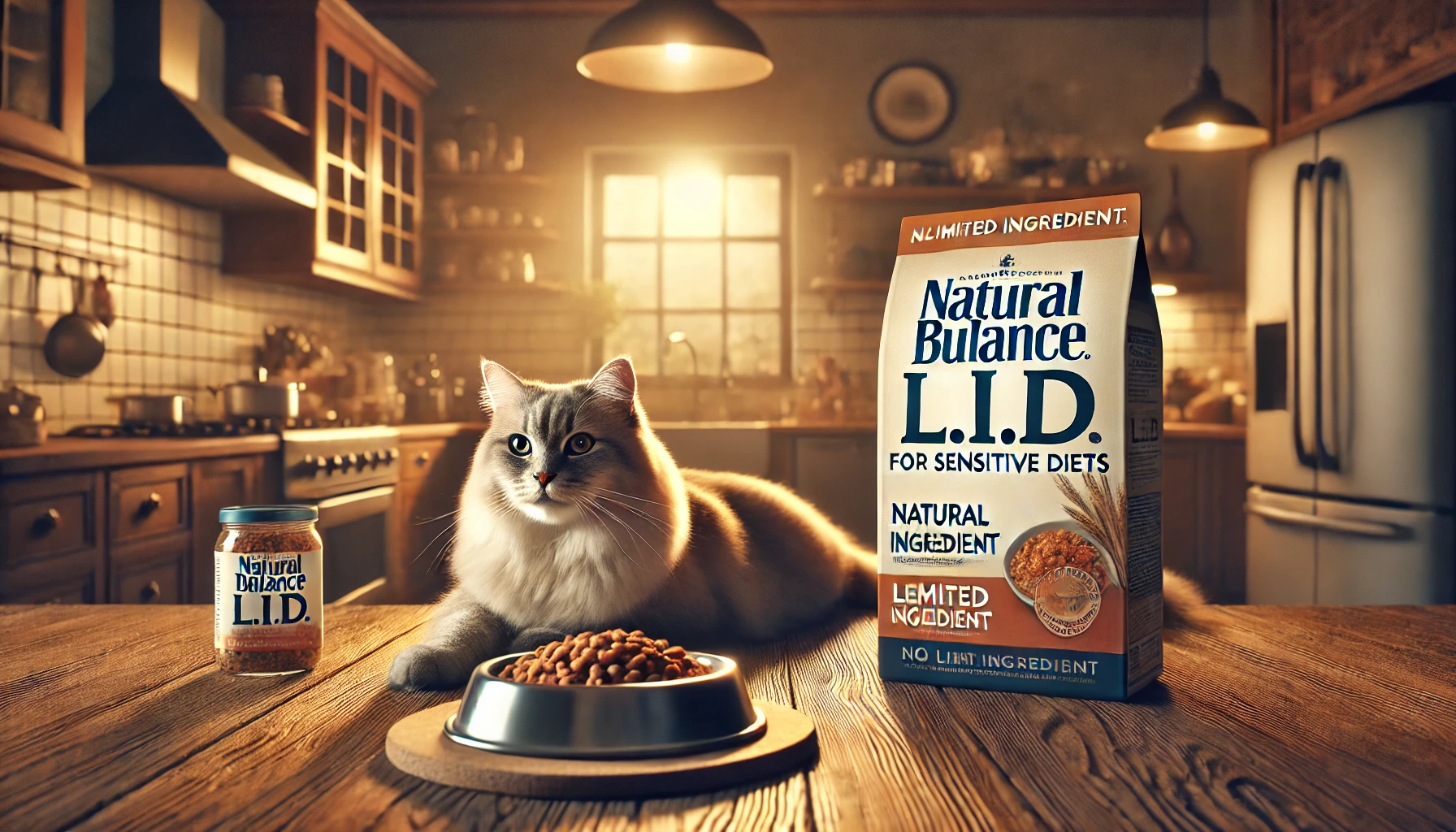
Natural Balance L.I.D.
Natural Balance’s Limited Ingredient Diets (L.I.D.) formulas incorporate a single animal protein source and limited carbohydrates to minimize sensitivity risks.
Available options include duck, venison, and green pea formulas.
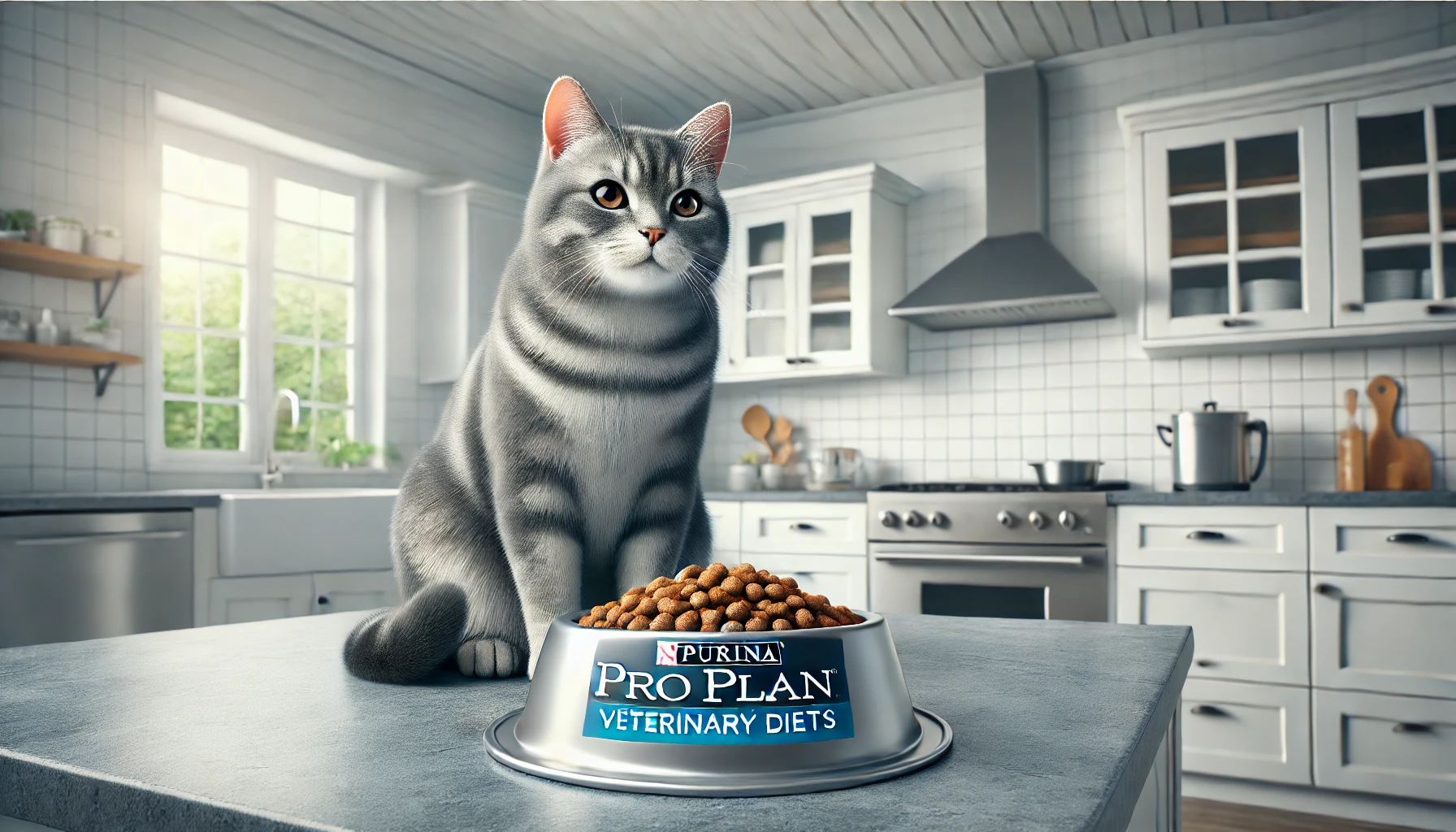
Purina Pro Plan Veterinary Diets
Purina’s HA Hydrolyzed formula is designed for cats with diagnosed food allergies.
Using hydrolyzed protein, this diet minimizes adverse reactions and is often recommended for elimination trials and long-term feeding.
When choosing hypoallergenic cat food, consult your veterinarian to determine the best option for your cat’s specific needs.
Every cat is unique, and what works for one may not be suitable for another.
Monitoring your cat’s response to a new diet is essential to ensuring their health and well-being.
- Hill’s Prescription Diet
- Royal Canin Veterinary Diet
- Blue Buffalo Basics
- Natural Balance L.I.D.
- Purina Pro Plan Veterinary Diets
These brands are known for quality hypoallergenic options, but always consult your vet for specific recommendations.
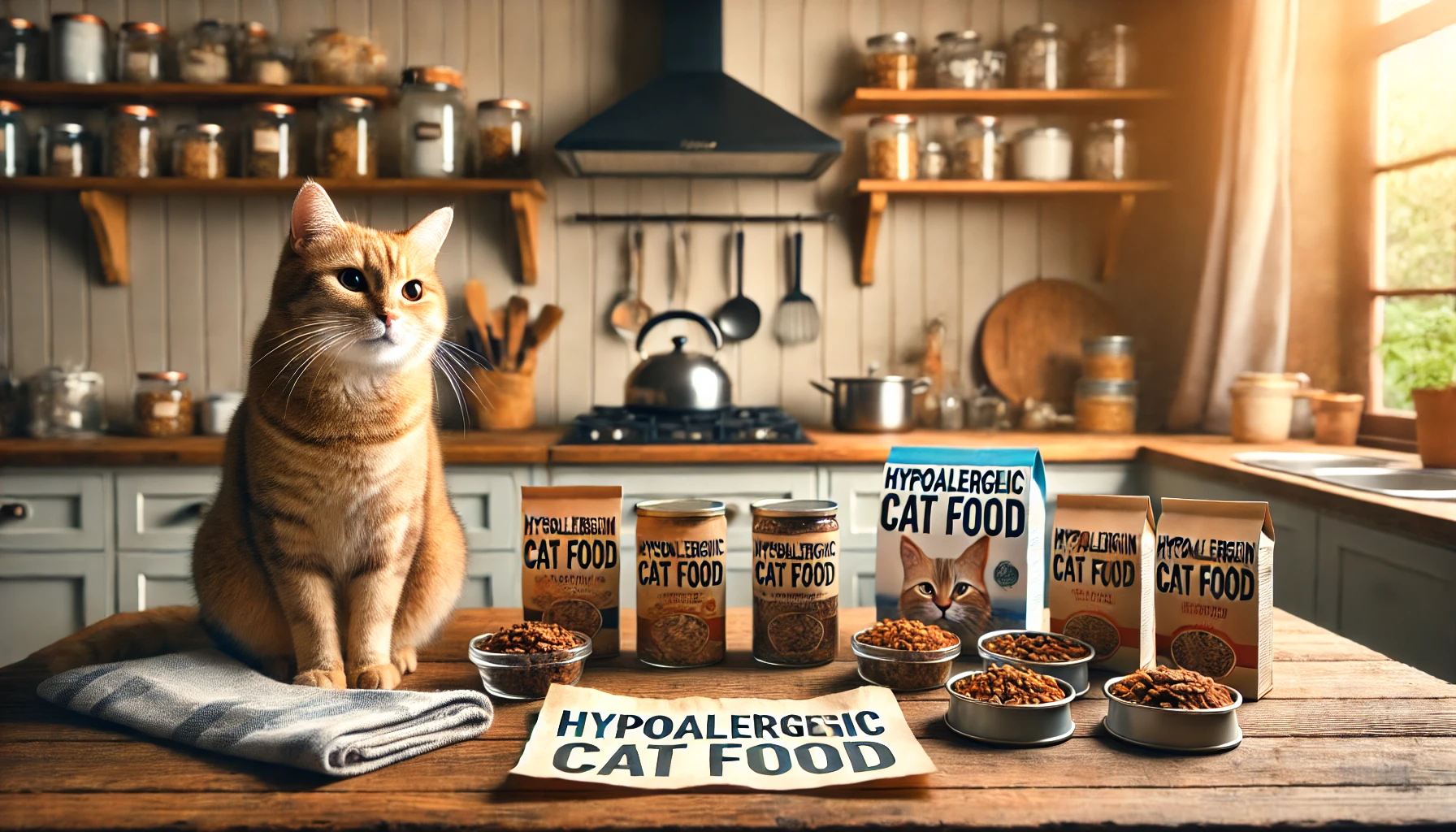
Making the Right Choice: Hypoallergenic Cat Food – Final Overview
Hypoallergenic cat food can make all the difference in the life of a cat that suffers from food sensitivities or allergies, helping them live a healthier and more comfortable life.
Finding the correct type of diet involves understanding your cat’s individual needs, consulting with a veterinarian, and focusing on ingredients that can alleviate sensitivities.
Here is a quick rundown of things to consider when choosing hypoallergenic food for your cat.
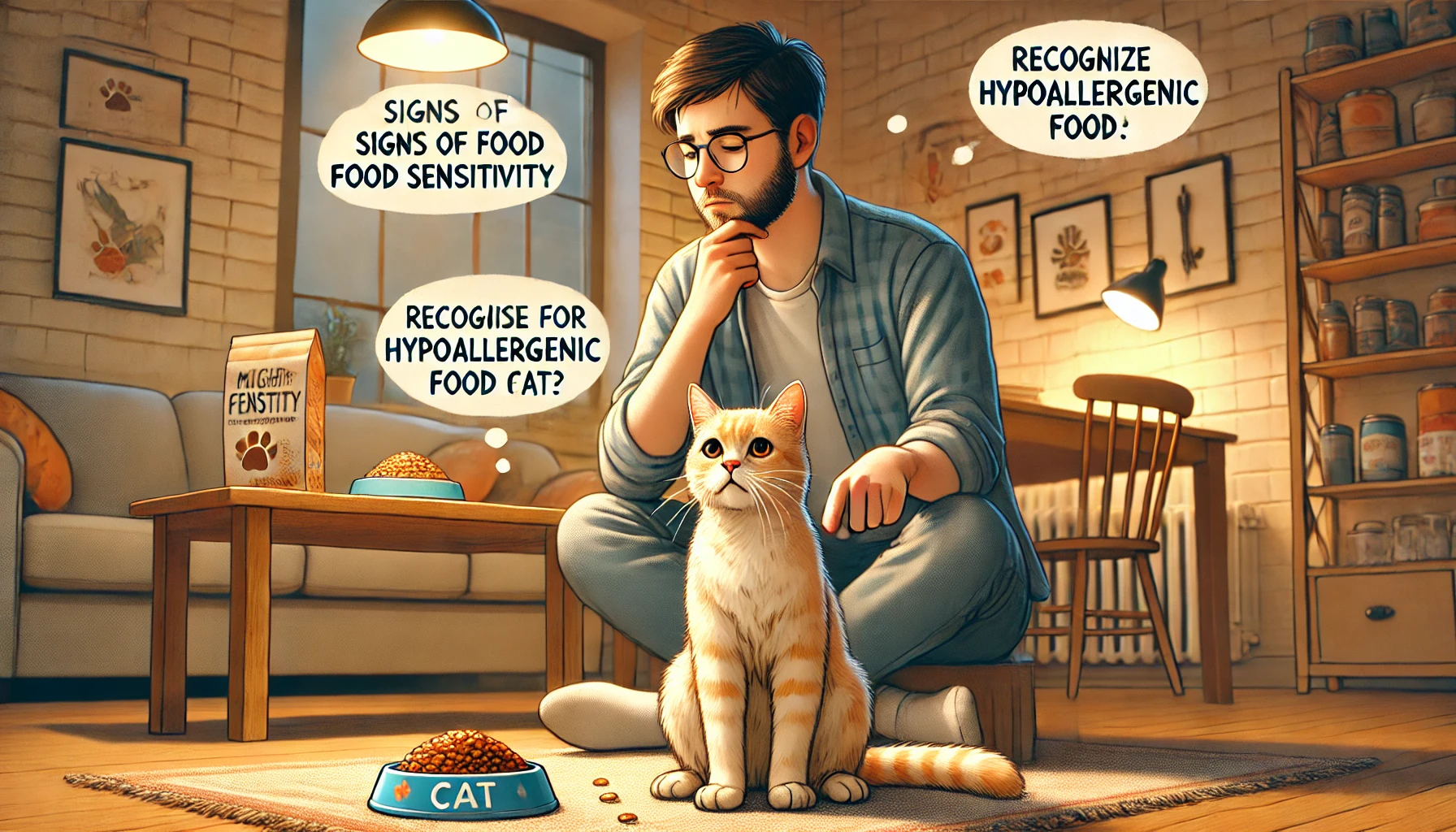
Recognizing the Need for Hypoallergenic Cat Food
Not all cats require hypoallergenic food, but if your feline companion shows signs such as skin irritation, gastrointestinal issues, or changes in behavior, it may be time to consider a different kind of diet.
Hypoallergenic cat food is specifically formulated to minimize these reactions, providing relief and comfort to cats suffering from food sensitivities.

Key Ingredients to Look For
The best hypoallergenic cat foods often include limited or specially selected ingredients to reduce allergenic potential.
Look for options that contain:
- Novel Proteins – Proteins like duck, venison, and rabbit are less likely to trigger allergic reactions.
- Hydrolyzed Proteins – These proteins are broken down to minimize immune response.
- Limited Ingredient Carbohydrates – Ingredients like sweet potatoes and peas are less likely to trigger allergies.
- Grain-Free Options – These foods are free from common allergens such as corn, wheat, and soy.
- Omega-3 and Omega-6 Fatty Acids – These support skin health and help alleviate allergy-related symptoms.
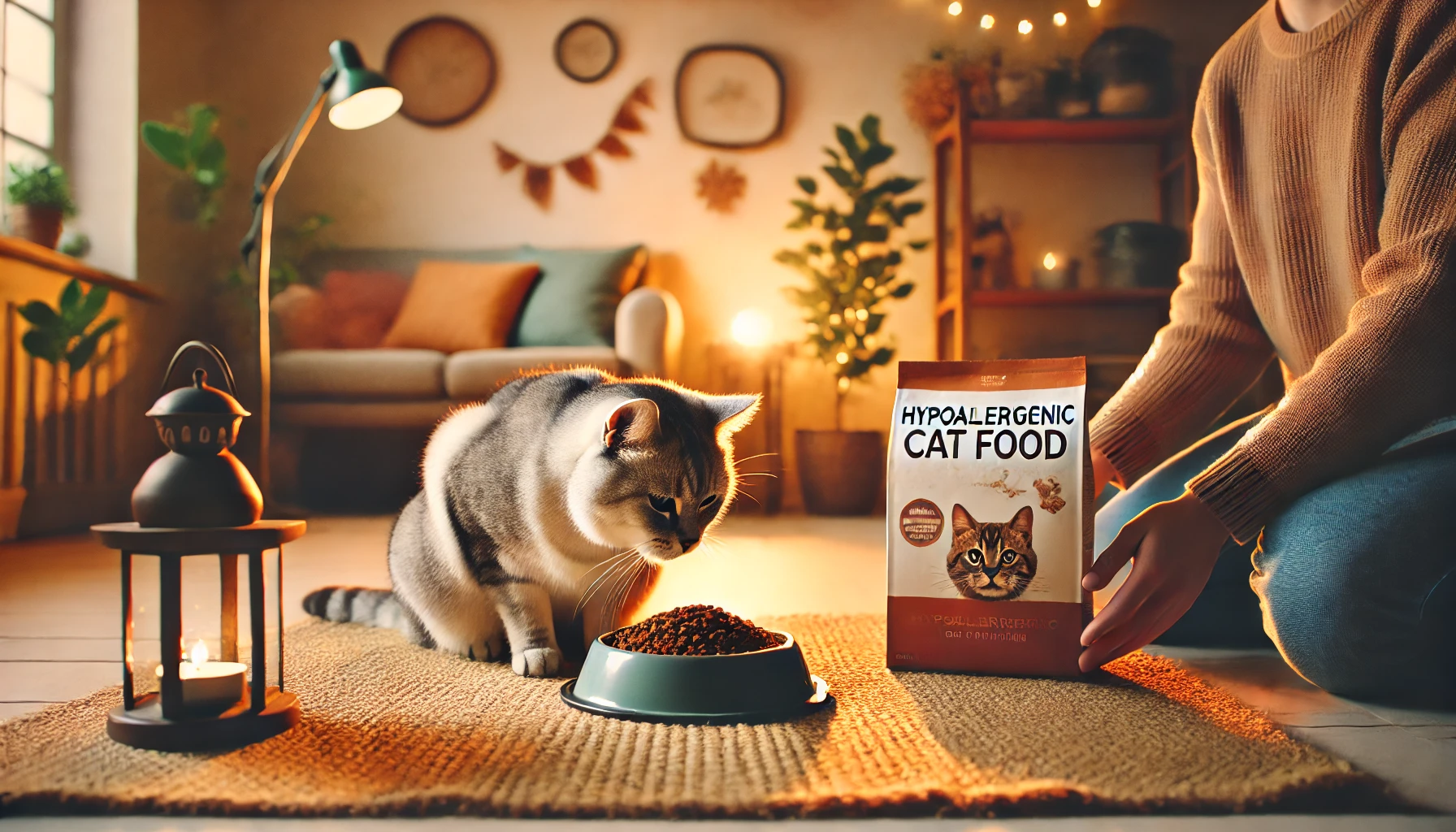
Switching to Hypoallergenic Cat Food
Transitioning your cat’s diet should be done gradually to avoid gastrointestinal upset.
A typical transition schedule could look like this:
- Days 1-3: Mix 25% hypoallergenic food with 75% current food.
- Days 4-6: Mix 50% hypoallergenic food with 50% current food.
- Days 7-9: Mix 75% hypoallergenic food with 25% current food.
- Day 10: Feed 100% hypoallergenic food.

During Transition
Observe your cat closely during the transition for any adverse reactions.
If symptoms persist, consult your veterinarian to determine if further adjustments are needed.
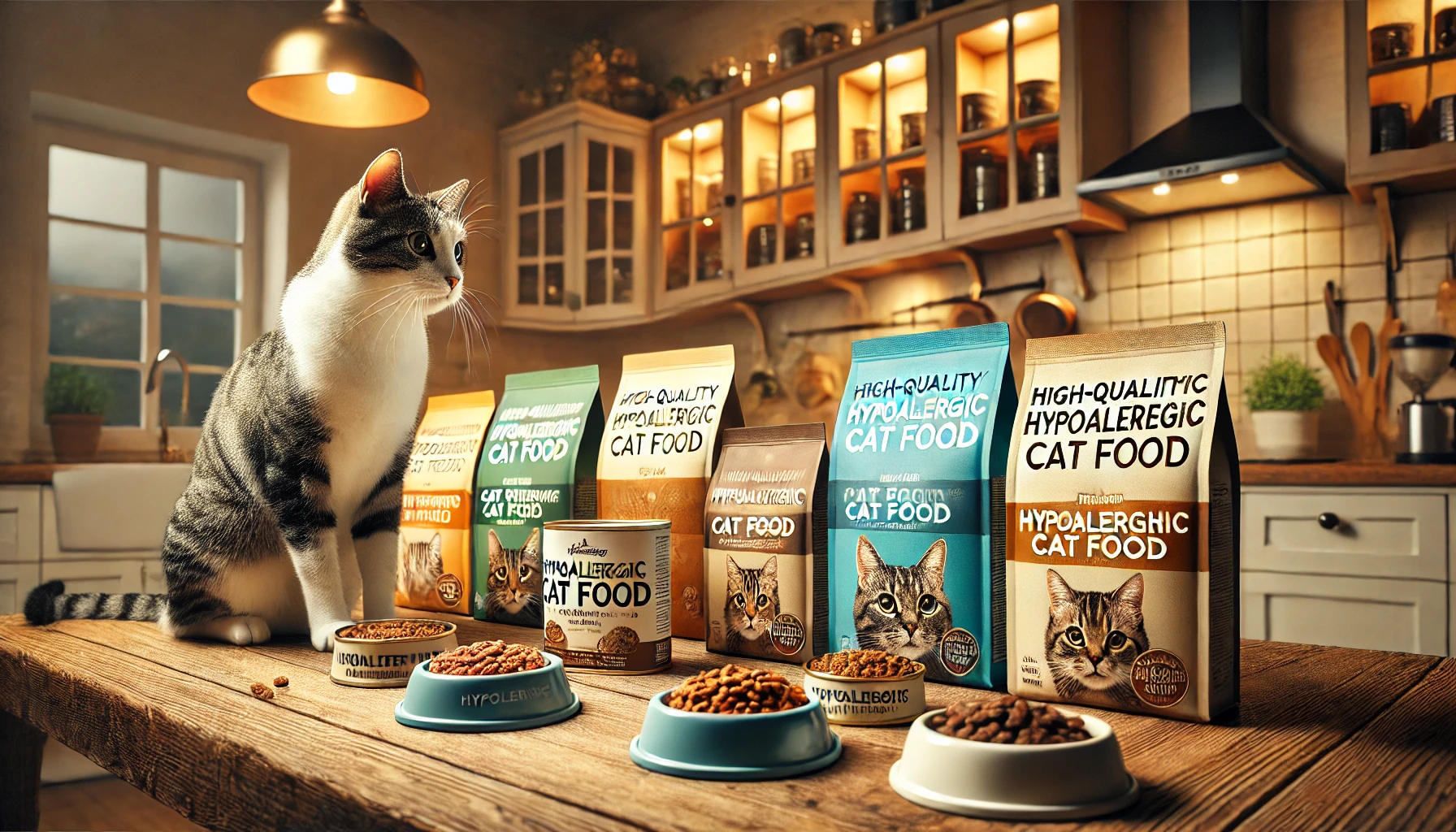
Best Hypoallergenic Cat Food Brands
Some recognized brands known for their exceptional hypoallergenic options include Hill’s Prescription Diet, Royal Canin Veterinary Diet, Blue Buffalo Basics, Natural Balance L.I.D., and Purina Pro Plan Veterinary Diets.
These brands offer specially formulated foods with your cat’s best interests in mind, making it easier to find a compatible diet for your cat.
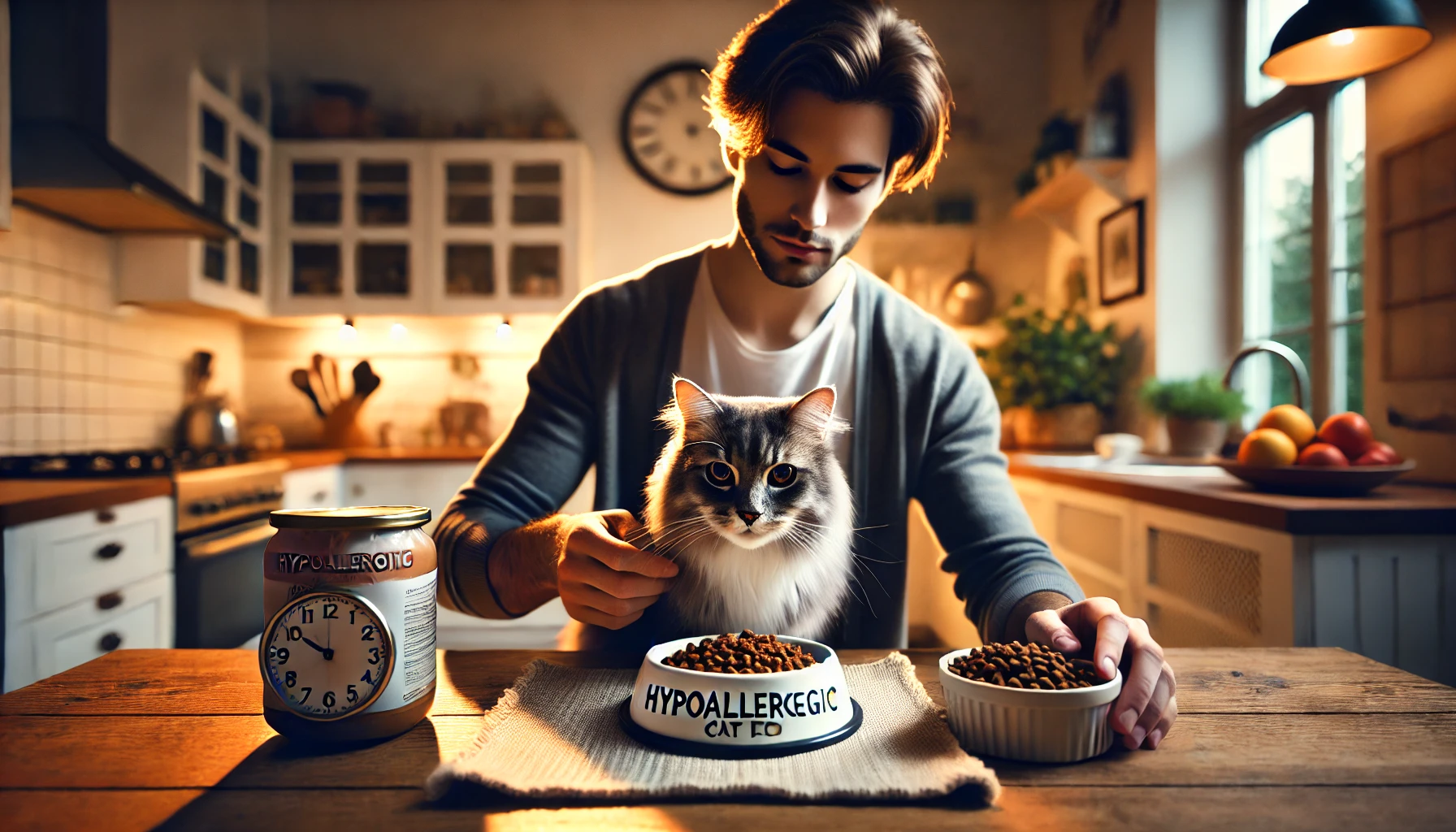
Monitoring and Maintenance of Consistency
Consistency is crucial once you have found an appropriate hypoallergenic cat food.
Avoid giving your cat treats or table scraps that may contain allergens, and ensure all household members are aware of the dietary restrictions.
Maintaining consistency prevents accidental exposure to allergens and gives your cat the best chance to thrive on this new diet.
By understanding the importance of hypoallergenic cat food and making informed choices, you are taking a considerate step toward enhancing your cat’s quality of life.
A well-planned, hypoallergenic diet can reduce discomfort and contribute significantly to a happier and healthier feline friend.
Choosing the right hypoallergenic cat food involves understanding your cat’s needs, consulting with a vet, and maintaining a consistent diet. This final overview helps you make informed decisions.
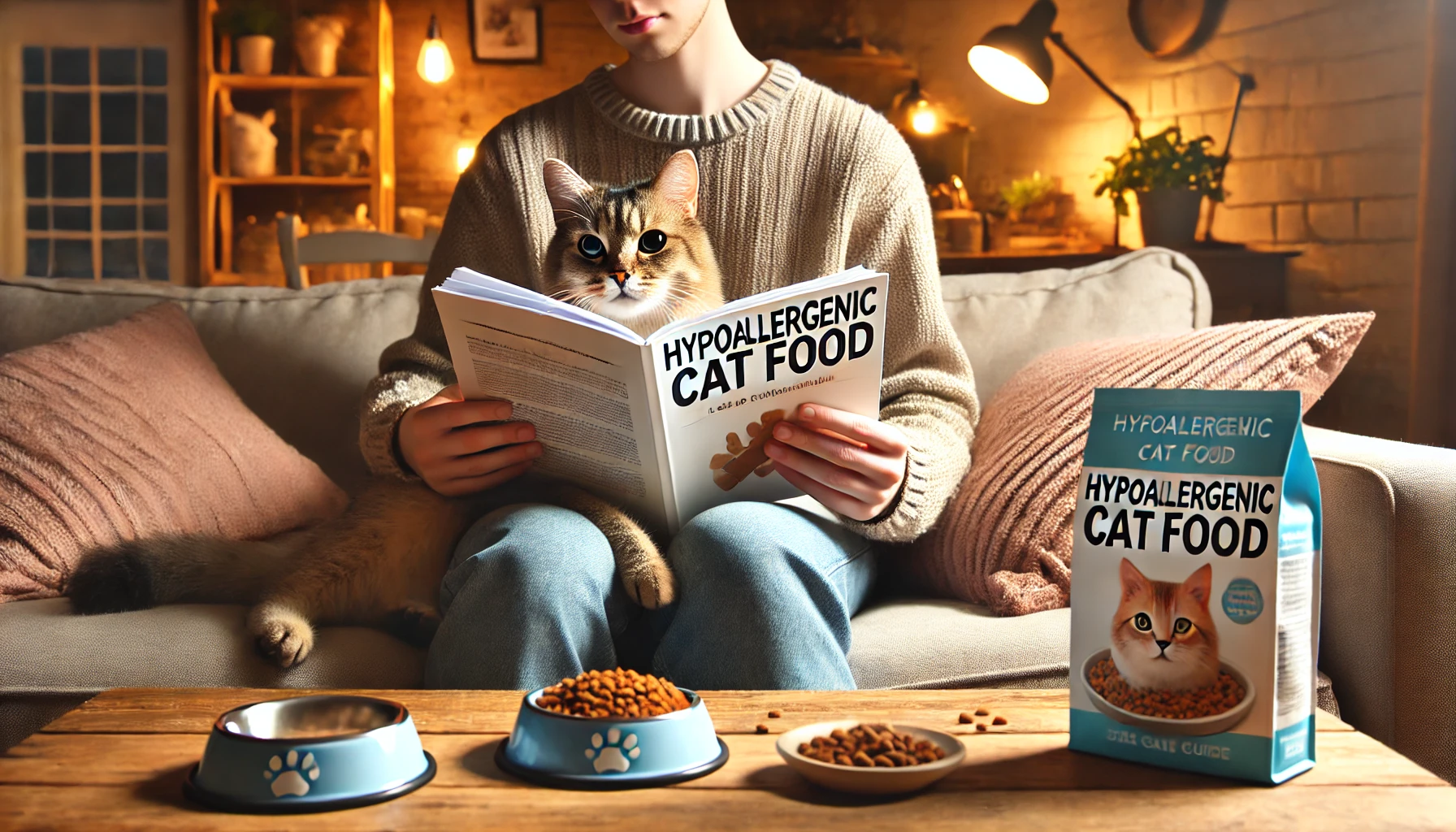
Hypoallergenic Cat Food: FAQ
What is hypoallergenic cat food?
Hypoallergenic cat foods are designed to be less allergenic, using a limited ingredient diet, novel protein sources, or hydrolyzed proteins to reduce potential food sensitivities.
How do I know if my cat needs hypoallergenic food?
If your cat shows signs of food allergies or sensitivities, it may benefit from hypoallergenic food.
Consult a veterinarian for a proper diagnosis.
How long will it take to see results with hypoallergenic cat food?
Results may vary, but most cats show improvement within 4-6 weeks.
Consistent feeding is essential to reduce allergic reactions and support overall health improvements.
Can I give my cat hypoallergenic food along with treats?
It’s best to avoid giving treats or other foods that may contain allergens.
Ask your vet about hypoallergenic treats compatible with your cat’s diet.
Are grain-free and hypoallergenic cat foods the same?
No, grain-free and hypoallergenic foods are different.
Hypoallergenic cat food is formulated to avoid allergens, which may or may not include grains, depending on your cat’s sensitivities.
What are novel proteins in hypoallergenic cat food?
Novel proteins are less common proteins, like duck or venison, that your cat hasn’t been exposed to, reducing the risk of an allergic reaction.
How do I switch my cat to hypoallergenic food?
Gradually switch over 7-10 days by mixing the new food with the old, increasing the hypoallergenic food percentage every few days to avoid gastrointestinal upset.
Will hypoallergenic cat food help my cat's coat?
Yes, hypoallergenic cat food often includes omega fatty acids for skin and coat health, potentially reducing issues like dandruff or excessive shedding in allergic cats.
Does hypoallergenic cat food require a prescription?
Not all hypoallergenic cat foods require a prescription, but some formulas, especially those containing hydrolyzed proteins, may only be available through veterinary recommendation.




